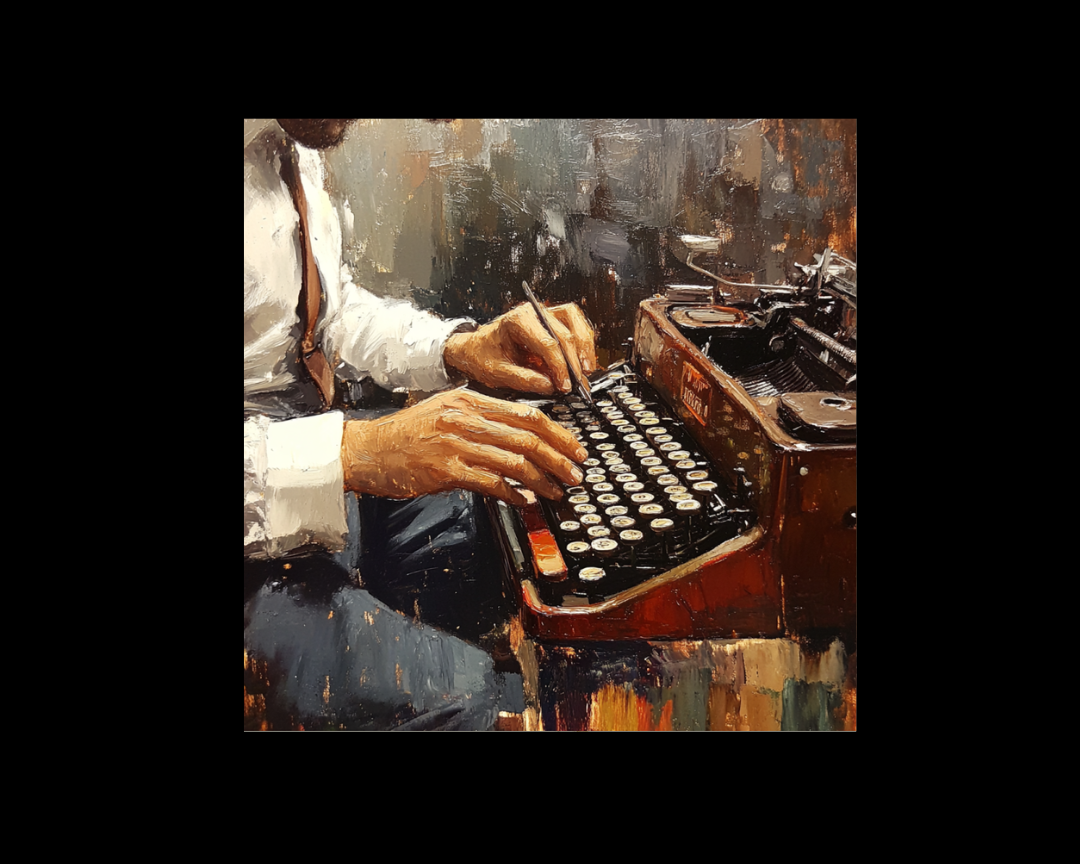A Writer’s Guide to Crafting Bone-Chilling Villains
Villains are the dark heartbeats that pulse through stories, captivating readers with their sinister allure. From Emperor Palpatine to Lord...
4 min read
 Writing Team
:
Jun 9, 2025 3:30:55 PM
Writing Team
:
Jun 9, 2025 3:30:55 PM
-Jun-09-2025-07-28-15-2683-PM.png)
Here's a writing truth that might surprise you: readers notice bad rhythm before they notice good grammar. A sentence can be technically correct yet feel clunky and awkward, while another breaks conventional rules but flows like music. The difference often lies in parallel structure—the writer's secret weapon for creating prose that readers can't resist.
Parallel structure works because it satisfies our deep human need for patterns. We unconsciously seek rhythm in language the same way we tap our feet to music. When writers understand this principle, they can craft sentences that feel inevitable and stories that resonate long after the final page.
Parallel structure means balancing words, phrases, or ideas to give them equal weight and importance. In grammar, it requires matching elements in form—using consistent verb tenses, grammatical structures, or sentence patterns. In storytelling, it places multiple narratives side by side to amplify themes and meaning.
Consider these two sentences:
The first feels awkward because it mixes a noun ("groceries") with a verb phrase ("make an appointment"). The second maintains parallel structure with three consistent verb phrases: "pick up," "collect," and "make."
This principle extends beyond simple lists. Pride and Prejudice gains power from its parallel character arcs—Elizabeth must overcome prejudice while Darcy conquers pride. Jane Austen balances their transformations to highlight how personal growth requires mutual understanding.
Readers crave patterns, even when they don't realize it. Our brains constantly seek connections and relationships, finding satisfaction when elements align harmoniously. This explains why certain phrases stick in memory while others fade immediately.
Martin Luther King Jr. understood this when he declared, "We must learn to live together as brothers or perish together as fools." The parallel verb phrases—"to live" and "to perish"—create a memorable rhythm that reinforces his urgent message.
Parallel structure also builds anticipation. When readers encounter a pattern, they unconsciously expect it to continue or resolve. Shakespeare exploited this in Richard II: "Today, today, unhappy day too late, Overthrows thy joys, friends, fortune, and thy state." The escalating parallel elements—personal happiness, relationships, wealth, and social position—create mounting tension toward inevitable destruction.
Anaphora repeats words or phrases at the beginning of successive sentences or clauses. J.D. Salinger uses this technique in The Catcher in the Rye: "It rained on his lousy tombstone, and it rained on the grass on his stomach. It rained all over the place." The repetition of "it rained" emphasizes the narrator's obsession with his brother's death.
Epistrophe places repeated elements at sentence endings. John Steinbeck employs this in The Grapes of Wrath when Tom Joad declares he'll be present wherever injustice occurs, ending multiple clauses with "I'll be there." This repetition transforms a character's promise into an almost biblical vow.
Antithesis uses parallel structure to contrast opposing ideas. Charles Dickens opens A Tale of Two Cities with the famous parallel contrasts: "It was the best of times, it was the worst of times, it was the age of wisdom, it was the age of foolishness." The balanced oppositions capture the contradictions of revolutionary France.
Escalation builds intensity through increasingly powerful parallel elements. This technique appears in many famous speeches and dramatic moments, where each parallel item amplifies the previous one's impact.
Story-level parallelism creates deeper thematic resonance than grammatical parallelism alone. When writers structure multiple plotlines or timeframes in parallel patterns, they allow themes to emerge naturally through comparison and contrast.
Dual timelines have become popular in historical fiction because they explore how similar issues manifest across different eras. In The Paris Library by Janet Skeslien Charles, parallel stories of an elderly woman and teenager explore friendship, loyalty, and betrayal across generations. Readers understand the universal nature of these challenges by seeing them repeated in different contexts.
Dual perspectives work especially well in romance novels, where alternating viewpoints show how the same events affect different characters. This technique builds empathy while revealing how personal backgrounds shape individual interpretations of shared experiences.
Subplots can mirror main plots to reinforce themes without heavy-handed messaging. If your protagonist struggles with trust issues, a supporting character might face similar challenges in their own relationship. Readers connect these parallel experiences unconsciously, deepening their understanding of the central theme.
Strong parallel structure requires attention to grammatical consistency. Maintain the same verb tenses, use matching prepositions, and balance phrase lengths for optimal effect. Instead of writing "She loves reading, to write, and studied literature," maintain consistency: "She loves reading, writing, and studying literature."
Pay special attention to lists and series. Each item should follow the same grammatical pattern:
Parallel structure works particularly well for contrasts and comparisons. "Ask not what your country can do for you—ask what you can do for your country" remains memorable because John F. Kennedy balanced the parallel phrases perfectly while inverting their meaning.
Sophisticated writers use parallel structure to control pacing and emphasis. Short, parallel sentences create staccato rhythms perfect for action sequences. Longer parallel constructions build thoughtful, contemplative moods appropriate for reflection or description.
Consider how parallel structure can enhance character voice. A methodical character might think in parallel lists, while an emotional character might use parallel repetitions that mirror their intensity. These subtle choices make characters feel more authentic and distinct.
Dialogue becomes more memorable when characters use parallel patterns naturally. People actually speak this way during emotional moments—"I trusted you, I believed in you, I defended you"—so parallel dialogue sounds realistic while creating rhetorical power.
Writers often break parallel structure accidentally, especially in complex sentences. Watch for mixed constructions like "He enjoys hiking, to swim, and bicycling." Maintain consistency: "He enjoys hiking, swimming, and bicycling."
Another common error involves switching between active and passive voice within parallel elements. "The committee reviewed the proposal, interviewed candidates, and a decision was made" breaks the pattern. Keep it consistent: "The committee reviewed the proposal, interviewed candidates, and made a decision."
Don't force parallelism where it doesn't belong. Sometimes varied sentence structure serves your purpose better than rigid parallel patterns. Use parallelism strategically, not automatically.
When plotting your novel, look for opportunities to create parallel character arcs, subplot patterns, or thematic echoes. If your protagonist learns to forgive family members, perhaps a secondary character faces similar challenges with different outcomes. These parallel journeys illuminate different responses to universal human struggles.
Consider how The Great Gatsby uses parallel structure throughout. Multiple characters pursue illusions—Gatsby chases Daisy, Myrtle wants Tom, Wilson seeks justice—and each parallel pursuit ends in disillusionment or destruction. The parallel patterns reinforce Fitzgerald's themes about the corruption of the American Dream.
Parallel structure transforms good writing into unforgettable prose by appealing to readers' innate sense of rhythm and pattern. Whether crafting individual sentences or plotting entire narratives, writers who understand parallelism create work that feels both natural and inevitable.
Remember that parallel structure serves meaning, not just style. Use it to emphasize important ideas, create memorable phrases, and build thematic resonance throughout your work. When readers feel the satisfying click of parallel patterns falling into place, they're more likely to remember and recommend your writing.
Ready to infuse your writing with the rhythmic power of parallel structure? Our expert content creators at Hire a Writer understand how to craft prose that flows naturally while delivering maximum impact. From sentence-level polish to story-wide structural development, we help writers create content that resonates with readers and achieves lasting success.

Villains are the dark heartbeats that pulse through stories, captivating readers with their sinister allure. From Emperor Palpatine to Lord...

The novella occupies literature's sweet spot—long enough to develop complex themes yet short enough to sustain perfect tension throughout. Ian McEwan...
%20(1).png)
Stories have the power to transcend boundaries, allowing us to immerse ourselves in the lives of characters from different worlds. One captivating...